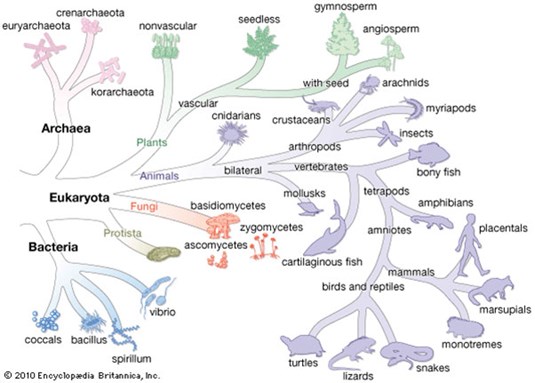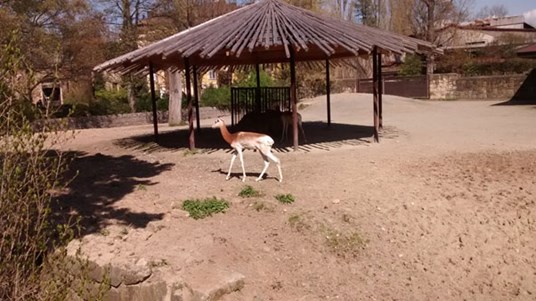RZSS WildGenes blog - How do we decide what a species is
28/07/2016 in Conservation
It comes as a surprise to many people that there is not a single definition of what a species is. In fact, right now there are at least 26 suggested methods for deciding how to classify a species… and very little agreement on which is best to use!
On the one hand it probably does not really matter too much which one we decide on. After all, every single individual organism on this earth is linked through a huge and very complex family tree

and what we are really debating is how we file each of these individuals under specific “species” labels. Since there is an evolutionary continuum between all living things, any attempt at classification into discrete groups is always going to end up being imperfect and result in disagreement. For example, when it comes to hybridisation (see our work on Scottish wildcats) it can be particularly tricky to decide on the dividing line between two species.
Recently I attended the EAZA (European Association of Zoos and Aquaria) Antelope Taxonomic Advisory Group meeting at Dvůr Králové Zoo to discuss exactly this issue. A recent study of the antelope species concluded that there were more than twice as many as previously described.
“Fine”, we might say; “does it matter? They are still the same animals!” However, this sort of reorganisation could actually have a lot of practical consequences for conservation practitioners. How do we go about conserving two species where we thought there was one? Or one when we thought there were two? Do we need to change the name on legislation surrounding the protection of specific species? Or create new breeding programmes?
The work we conduct at RZSS WildGenes is often about using DNA evidence to resolve the relatedness of different populations and species. We’ve recently been investigating taxonomy for species such as the python, sand cat, Eurasian beaver, wolf and the dama gazelle. In the case of the dama gazelle, the last few hundred remaining individuals span three different subspecies groupings that might not be valid. Knowing whether they could be managed jointly in future could potentially have a big impact on captive management, reintroductions and translocations.

(Dama gazelle (at Dvůr Králové Zoo). One subspecies or three?)
Sometimes DNA evidence helps us understand that there are cryptic species out there that no one knew about or that in fact Victorian taxonomists were a bit too overzealous in classifying things with small differences as different species. Amongst conservationists, there is a general feeling that we should be looking to the traditional Biological Species Concept, supported by multiple lines of evidence, including DNA to make decisions like this. The IUCN Red List is currently the main authority on taxonomy for conservation decisions, but debate carries on!
Until next time
Dr Helen Senn
- Further academic reading: Frankham R et al 2012. Implications of different species concepts for conserving biodiversity. Biological Conservation. Vol 153 Pg 25–31
Featured Articles

An update from the Budongo Forest
19/04/2024 in Conservation

Edinburgh Zoo named best zoo in Scotland
15/04/2024 in Edinburgh Zoo
Latest News
-
Blog

20/01/2024
Penguin Awareness Day 2024
Edinburgh Zoo is home to the largest outdoor penguin pool in Europe, with three different species and over 100 individuals. This penguin awareness day get to know some of the famous faces in the colony who you can also watch live on our penguin cam.
-
Blog

21/09/2023
Tracking penguins in the Southern Oceans
Earlier this month at the 11th International Penguin Congress in Viña del Mar, Chile, Dr Heather Ritchie-Parker, one of our conservation charity’s research scientists, presented important data which explores the connectivity between endangered Northern rockhopper penguin colonies.
-
Blog

30/08/2023
A library for genetics
In a hidden area within the Royal Zoological Society of Scotland’s (RZSS) Edinburgh Zoo, the RZSS WildGenes Biobank preserves important genetic material for conservation research and population management.
-
Blog

24/07/2023
What’s on the menu for the European wildcats
European wildcat is a secretive species, and so it is difficult to observe their hunting and feeding behaviour in the wild. Analysing their scats is an alternative way to find out what they eat and therefore how they fit into the ecosystem. RZSS WildGenes scientists developed a technique to detect DNA of different prey species in scat samples.

























Follow EZ